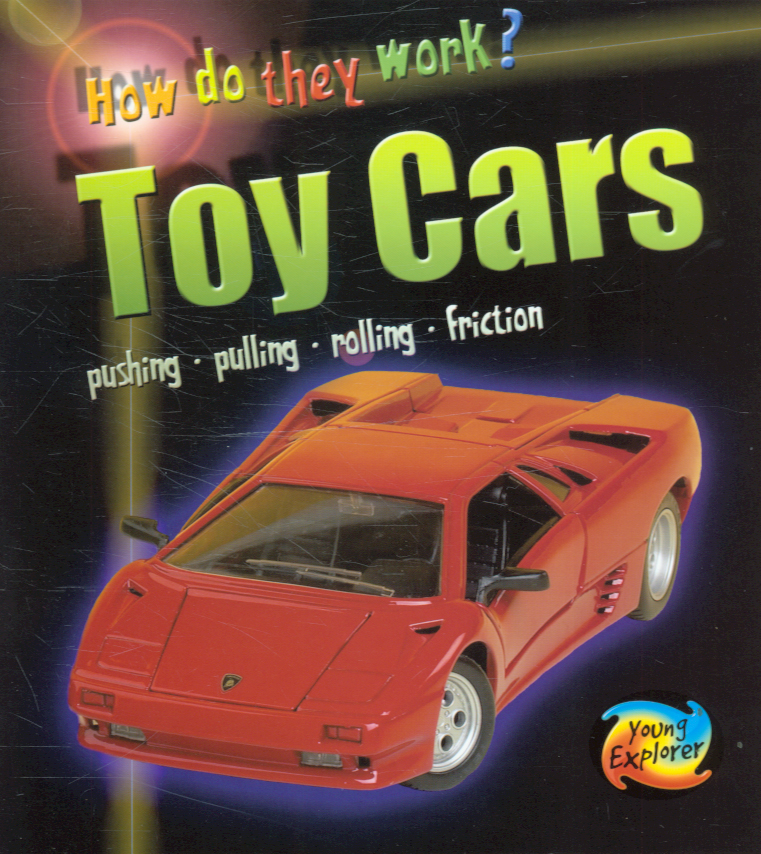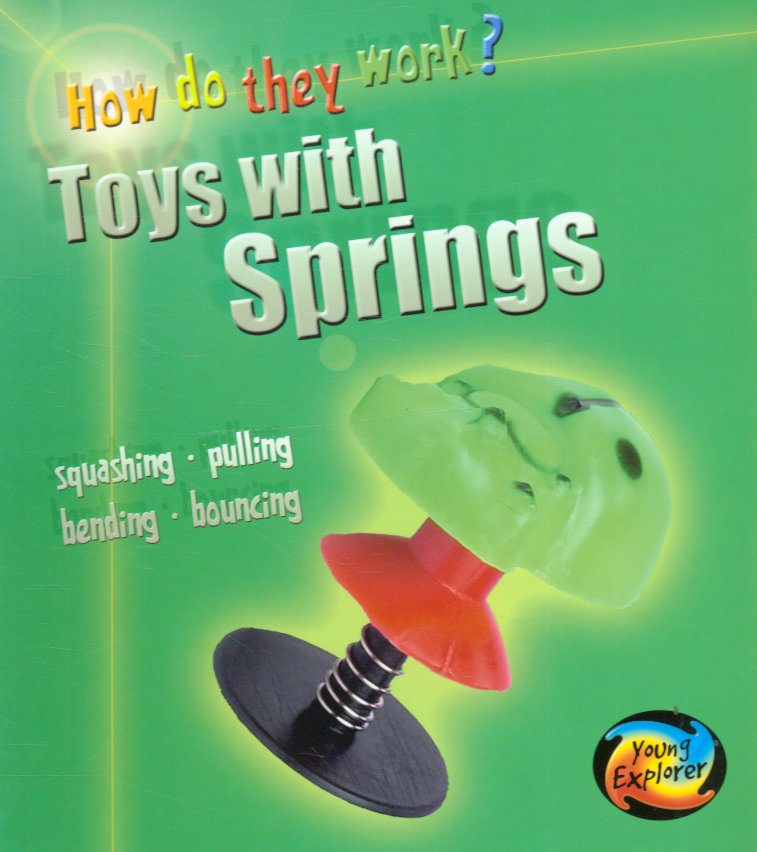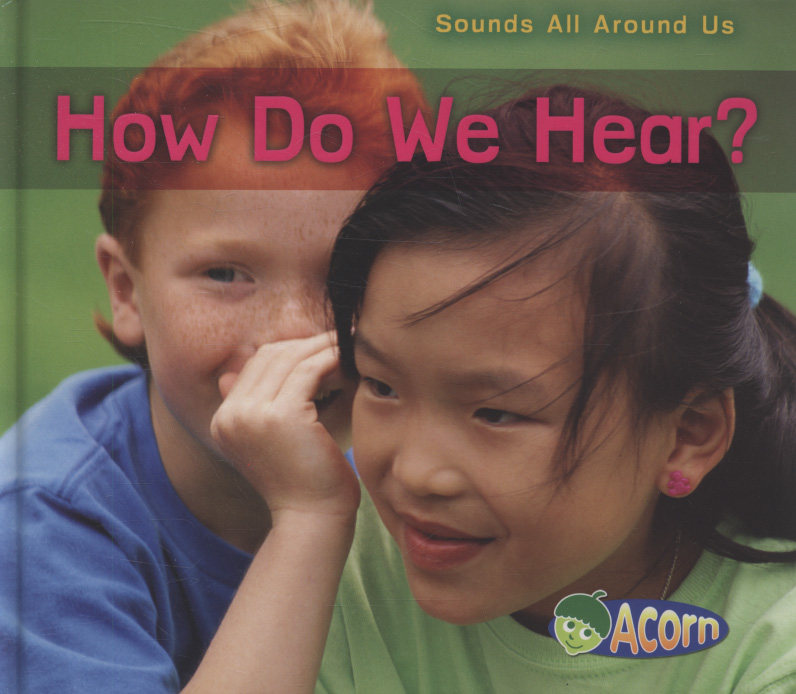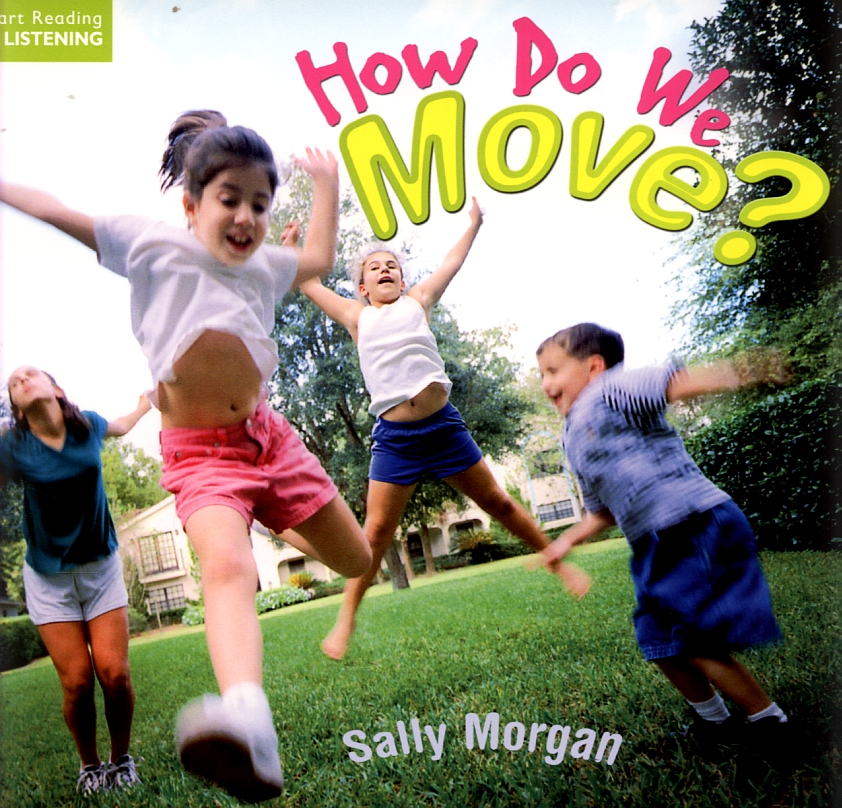Resources

This is one in a series of titles looking at the mechanical and scientific principles behind the way various toys work. This text looks at how toy cars work.

This is one in a series of titles looking at the mechanical and scientific principles behind the way various toys work.

This series examines sound and hearing, introducing children to the idea that there are many kinds of sound and sources of sounds, as well as what different sounds are and how they are made.

Containing text and exercises which can be used to improve children's speaking and listening skills, the 'QED Start Reading and Listening' series encourages children to explore familiar themes and characters while...
How do we see thing?
This resource, from the Royal Observatory Greenwich, helps students to understand how we see things, and in particular how light travels.
There is a short video introduction accompanied by two suggested activities.
In the...
How do we see things? Understanding light
This resource covers the parts of the eye and their function in enabling people to see objects. They are designed for teachers working with pupils who are new to English. The resources include a set of flashcards covering the key words and a series of...
How Do We Teach Our Kids Code? (Autumn 2012)
This edition of the Computing at School newsletter contains articles covering:
*Coding and computer science
*Code Club and Computing ++
*Tips for teaching programming
*Codecademy
*Teaching encryption with spreadsheets
*Scratch sensorboards (picoboards)
*Robotics...
How do you eat like an arctic explorer
What do people eat in the Arctic? How do they make sure they have a balanced diet?
In this unit children learn about diet and the importance of a balanced diet through the experiences of polar explorers. Using creativity and scientific research skills children will create a menu suitable for an Arctic...
This item is one of over 25,000 physical resources available from the Resources Collection. The Archive Collection covers over 50 years of curriculum development in the STEM subjects. The Contemporary Collection includes all the latest publications from UK educational publishers.
How Do You Like Your Toast?
One of the units from the Nuffield Primary Solutions in Design and Technology. In this unit, students write a specification for toast that meets the identified preferences of a particular person. They then make a serving of toast to that specification. The task can be widened to include the development of a...
